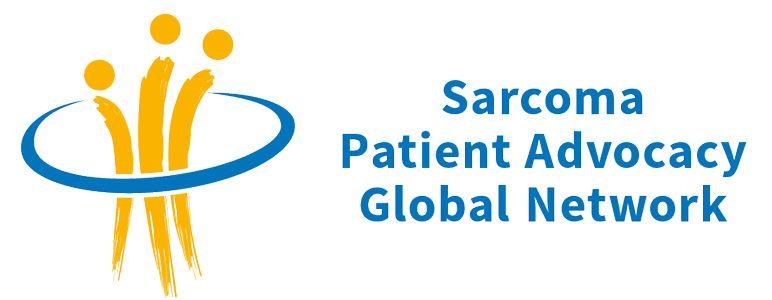Facilitating Collaboration in Sarcoma Care
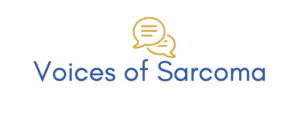
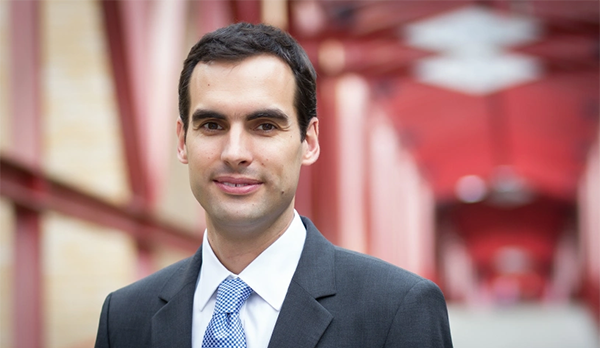
Prof. Dr. Bernd Kasper, SPAGN Board Member
A Conversation with Dr. Bernd Kasper
By Cory Archibald, Communications Director for SPAGN
Meet Professor Dr. Bernd Kasper: medical oncologist at the Mannheim Cancer Center (MCC) at the Mannheim University Medical Center and a member of the SPAGN Board. Bernd has specialized in the treatment of sarcomas for 15 years. He has authored more than 100 scientific publications, serves on multiple boards of patient advocacy groups, and is deeply involved in the international sarcoma community.
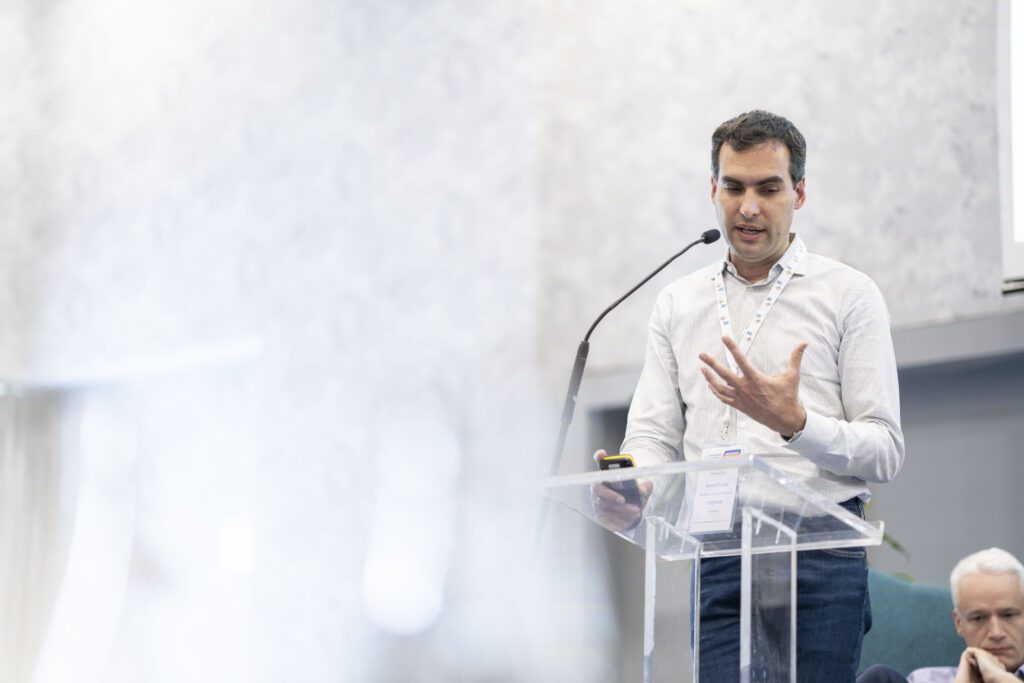
Bernd Kasper speaking at the SPAGN 13th Annual Conference in Dublin, May 11-13, 2023. (PHOTO CREDIT: Adrian Müller, Big Fish Media)
Bernd has been with SPAGN for nearly 10 years and has a wealth of experience in building collaborative relationships across borders in the constant quest to improve care for sarcoma patients.
I recently had the honor of talking with Bernd about his experience and the importance of collaboration in our work. This is our conversation.
Note: Some responses have been edited for clarity.
The Interview
CORY: So you've been here for the evolution of SPAGN from being more of a European organization to becoming more of a global organization. That's part of the name change. Can you talk a little bit about the conversation around that transition and why the organization made that shift?
BERND: Yes, that's right. We started off as a more European-based organization, and then we discovered that there are a lot of member organizations that wanted to join from all over the world. From the US, India, South Africa and so on. And so we increasingly had the feeling that it would make sense to set up everything on a global level and that also led to the name change.
By the way, this is actually a very popular topic, and as you may have seen, the CTOS (Connective Tissue Oncology Society) meeting this year also has the motto "Global Impact, Global Outreach.” So it's a very important motivation and goal at the moment. I think SPAGN fits in very well with the current developments.
Defining collaboration in sarcoma care
CORY: So when we talk about collaboration, collaboration can mean a lot of different things. It can be collaboration between the patient and their doctor, between advocacy groups and policymakers. But can we also talk about why it's important both for patients and advocacy groups to connect with their peers in other countries?
BERND: I am deeply convinced that it's important to really involve patients in all the decision- making we are doing. For example, one thing which worked out very well are these roundtables we are doing. I'm very much involved in the Desmoid Tumor Roundtable. This is an initiative we started almost ten years ago in 2014. At the very beginning it was a rather small meeting with patients and patient advocates from SPAGN and with medical experts mainly from Europe.
It grew to become a bigger group and now it's a global desmoid tumor working group with participants from all around the world. We just had our update meeting recently in Milan and people came from North America, South America, Europe, South Africa, Australia, etc.
The idea of these meetings is to set up treatment and management recommendations. And for this, it is essential to really hear the patient's voice and to really know how patients feel and how the disease impacts them daily.
We had a very engaged patient involvement at this meeting, with more than ten patients and patient advocates out of about 60 participants. So this is really very helpful and very important.
The second example is involvement in clinical research. And this is something we are also trying to do when we develop clinical trials.
I'm also active in the EORTC (European Organization for Research and Treatment of Cancers) Soft Tissue and Bone Sarcoma Group. And when we develop clinical trials we really try to engage the patients and the patient advocates from the very beginning. We want to know what the important things are that we have to look at when setting up the trial design or the patient reported outcome evaluations, and so on.
CORY: When you're talking about setting up trials and collaborating with patients from the beginning, is that something that you've always done in your career or was that something that you discovered and started to do later?
BERND: That's definitely something that has changed over the years. I don't think it was like that ten years ago. Now, for example, the EORTC has a dedicated patient council and they involve patients in the setup of clinical trials. Also companies, at least some of them, have dedicated patient representatives.
With companies, to be honest, it's sometimes more difficult, of course. Even for us as medical experts, it's sometimes more difficult to really be involved in the setup of a clinical trial because a lot of decisions are made by the company. But, we are trying to be involved and also involve the patients.
But for academic organizations such as EORTC, this is something which is quite settled.
CORY: Do you find that you get a lot of pushback from the companies that are setting up these trials? Are they resistant to patient involvement? Or is it more that they just didn't realize that it was important until the issue was raised?
BERND: I think they are open to it, at least. But, as you know, a lot of company decisions are made for internal reasons. This is difficult for us medical experts. We are usually involved within advisory boards and things like that. But in the end, decisions about trial design are usually made by the company – again for multiple internal reasons. But, yes, I would say companies are definitely open to that.
And, as you know, SPAGN is constantly in contact with a lot of companies in the sarcoma field.
Role of patient advocacy groups
CORY: What is the most important role for patient advocacy groups in helping to facilitate these collaborations?
BERND: We are doing a lot of things on the global level at the moment. And as I said before, the motto of CTOS this year is "Global Outreach, Global Impact." I'm chairing the CTOS Outreach Committee, and we are working on different ways to reach medical experts, but also the patients.
One example I can give you is that we have set up a global travel grant this year. So if you want to come to CTOS and you come from an underrepresented country or a low-income country, you can actually apply for such a travel grant and then CTOS will cover your hotel, flight, and so on. This is something we never had before.
And outreach, of course, also means outreach to the patients and to the patient advocacy groups. One of my main tasks is to be the liaison between the experts and the patients. As you know, SPAGN has a dedicated hospitality lounge at CTOS, and we have the role of an umbrella organization for all the patient organizations that are involved in sarcoma. They can all come to the meeting, come to the lounge and mingle together and exchange ideas.
There is also an ongoing mentor-mentee program within CTOS. So we are planning a get together with these mentors and mentees. And this is also something in which we can involve patients.
For example, my mentee in Brazil has a very strong relationship to a desmoid tumor patient advocacy group. So he can also bring his patient representative to this meeting.
Role of specialist sarcoma centers
CORY: Let's shift gears and talk about specialist sarcoma centers. What role do they play in helping to improve this kind of collaboration and patient outcomes?
BERND: Yes, important topic. Reference centers, specialized centers, networks, whatever you call them. This is something which is often done on a national level. For example, here in Germany, we have a national certification process for sarcoma units. You have to have certain numbers, a certain number of resections, a certain number of medical therapies, and so on. So the problem on a global scale is that the process is so different in the different countries. I mean, it's different in Europe, it's different in the UK, in France, and wherever.
We set up a network in Europe called EURACAN, which is the European reference network for rare solid adult cancers. It is not only dedicated to sarcomas, but to rare cancer in general, and there's a dedicated domain for bone and soft tissue sarcomas. This has been around for more than five years.
This network helps us to work together on a European level. But on the global level, it's more difficult. There is no global standard for sarcoma centers, it has not been formalized. We set out to define that at the last SPAGN conference, as you know, and came up with a proposal and an abstract which we submitted to CTOS and which will hopefully be presented at the next meeting in Dublin.
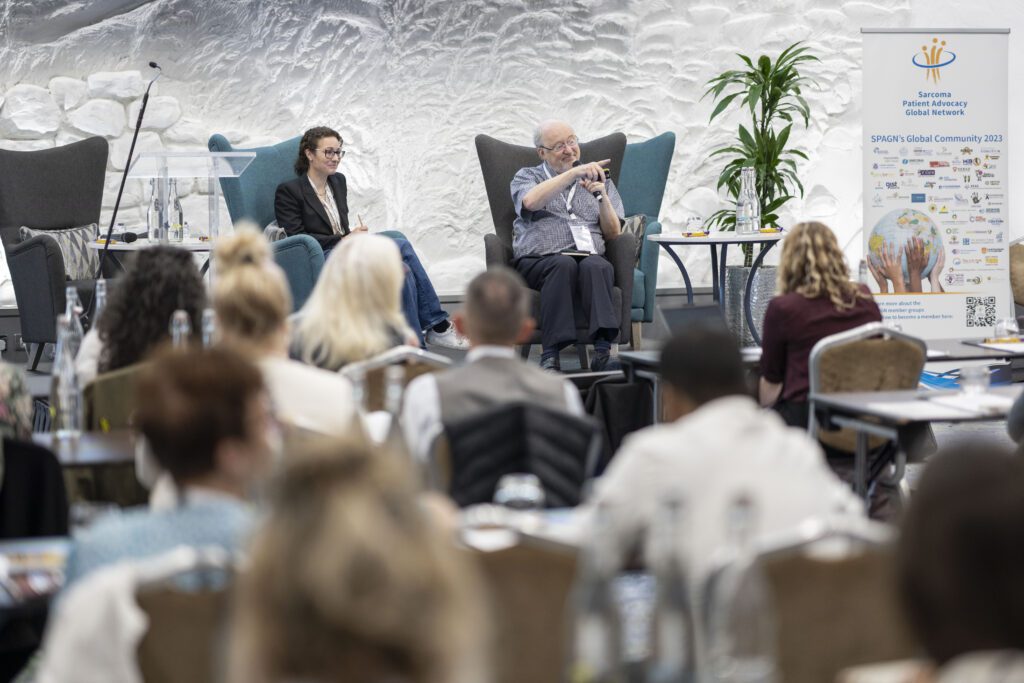
Executive Director Kathrin Schuster and Board member Roger Wilson facilitating a working group discussion at the SPAGN 13th Annual Conference in Dublin, May 11-13, 2023. (PHOTO CREDIT: Adrian Müller, Big Fish Media)
CORY: Yes, I remember that was a really interesting conversation. And if I recall correctly, that specific session generated a really important discussion about health care equity and the incredible differences between countries, and the difficulty of defining a global standard based on what's possible in a European country or a country like the United States versus what's accessible and available in other countries. Did you have anything you wanted to add to that?
BERND: Yes, that's actually the problem. There are regions where everything is quite settled. There are sarcoma centers. They may have a national certification process in place. That is all nice, but there are other regions where there are maybe only, let's say, one or two "sarcoma interested" people who work at a hospital or at a center.
The idea is actually to have these certified centers on the one hand, and on the other hand, there could be something like what Roger [Wilson] called an “intelligent network”. The idea would be that those centers which do not have all the necessary disciplines or things on site could reach out to other experienced centers and use a kind of network to collaborate.
Because it will never be possible to have all the necessary expertise and disciplines in all of the centers around the world. So the idea is to create networks and also to engage other centers around the world which may not have all the facilities you necessarily need for a sarcoma center.
Developing expertise globally
CORY: And do you think...pardon me, this is just me speaking from my medical ignorance...but when I think about the idea of this intelligent network, I also think of the program by our member group DigiSwasthya that won the first prize for the Advocacy and Action Award, which was about bringing expert care by telehealth to parts of rural India. Is the idea behind this network that we use some of the technology at our disposal – such as what we're doing now, talking on Zoom – to give access to expert information? Or is the idea that the patient then would find some way to be able to travel to some of these other centers for their care? Meaning, is the idea to bring the expertise into the countries or to send the patient to where the expertise is?
BERND: The idea is actually not to send the patient, but to send the expertise. For example, for EURACAN, we have a system in place called the CPMS, which is a kind of technical tool that allows you to do tumor boards, where you can engage in case presentations and case discussions.
It is not working well yet, to be honest, because it takes a lot of effort to put everything in and to engage in it. But the idea is a good one because physicians from outside the network can also use the system and present a case there and engage the medical experts from the network to discuss the case and come out with a recommendation or a solution for their patient.
In this way we could definitely use telehealth, the internet, Zoom, conferences for tumor boards, and so on.
I think the core aspect of a sarcoma center is always the multidisciplinary discussion. And this is a requirement -- every center or every sarcoma expert who really wants to treat patients has to somehow participate in such a multidisciplinary discussion, because otherwise the whole thing is not really a center of expertise. Maybe you do not necessarily have this multidisciplinary team at your own site. You can also use another multidisciplinary team to discuss your case and then you can see if you can implement the recommendation in the care of your individual patient.
If this is not possible, then the patient might have to travel. But the first idea is not to send the patient around the whole of Europe or around the world, but to really exchange the expertise.
CORY: I can imagine, too, that one outcome of this approach is that you're actually developing the expertise of the different people around the world. By being exposed to these conversations and this collaboration, they're developing their own expertise in that area. Does that sound accurate?
BERND: Yes, this is something which is still under discussion. It has not fully been decided how we want to do it in the coming years. But I think the ideas are around and that should be our goal, just to include and to engage more people around the world in the treatment of this disease.
CORY: Do we have any data on how this kind of collaboration has improved patient outcomes?
BERND: Sure, there's much data around that. And it's pretty clear that the outcome for the patient is better. And outcome means, actually, survival. The survival of the patient is better when they are treated in reference centers, when their case is discussed within a multidisciplinary board, when they are operated on by an experienced sarcoma surgeon, and so on.
Most of the data comes from France because they have a very large network in place which is called NetSarc. So there's a lot of data around that.
CORY: Bernd, thank you so much for your time and all of your insights today. I’m sure we could talk for hours but I know you are busy.
BERND: Thank you!
